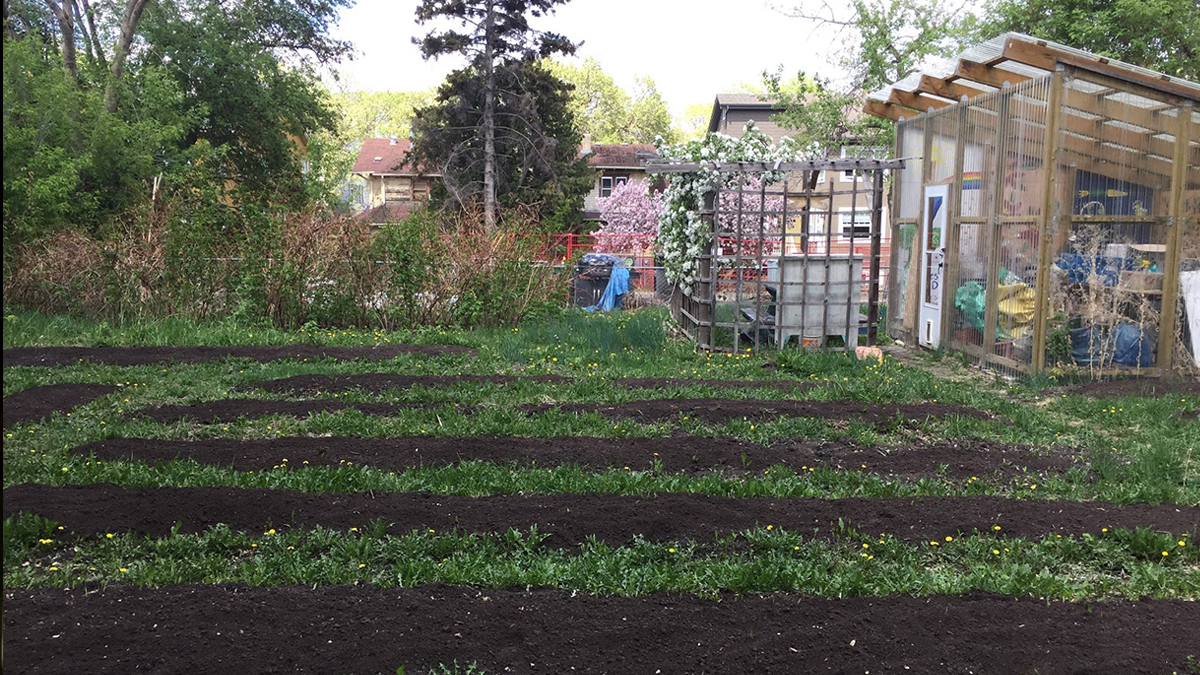Pandemic “victory” gardening brings hope for the future
Unprecedented interest in gardening presents an opportunity for change
 Khadra Ahmed
Khadra AhmedThis summer, many are planning to get back to their roots and grow a “pandemic garden.”
Last year, we all saw unexpected shortages and newfound hobbies arise, as the world battled a global pandemic. For people stuck at home searching for a new COVID hobby, gardening became extremely popular. This gardening trend is repeating itself this spring, and brings promise and hope for the future.
However, the pandemic gardening trend should not be a fad; it should be a permanent change in the way we think about and consume food.
Besides toilet paper and hand sanitizer, COVID has also caused unprecedented demand for seeds and plants. Last spring, when people in lockdown searched for a new COVID hobby, many found it in gardening. There was a particular interest in growing food, as people felt the threat of food insecurity and feared their weekly trip to the grocery store.
People on social media and gardening magazines have been calling them “Victory Gardens” — a reference to the historical practice of growing food for the war effort.
This gardening boom is carrying into this year. According to an Axiom Marketing survey, people have plans to meet or exceed last year’s garden efforts. Many garden centres and home improvement companies have seen growth during the pandemic. In fact, in response to unprecedented demand, Salisbury Greenhouse in Sherwood Park has opened up a second location this spring.
Rob Sproule, the gardening expert at Salisbury Greenhouses told Global News how pandemic gardening has changed their business model.
“We’re not in the plant business anymore, we’re in the wellness business now,” Sproule explained.
Gardening makes sense during times of crisis. It can help improve mental health, and growing food provides cost effective, fresh produce all summer long. However, not only gardening but food banks too, have faced higher demand during COVID-19. This has been paired with lower donation rates and, last summer, Canadians food banks were receiving 200,000 more monthly visits than before.
Food banks often have limited fresh produce and only 40 per cent of food distributed is fresh. This is a problem, as part of food insecurity is a lack of nutritious food. In December, Stats Canada reported a link between food insecurity and poor mental health during COVID-19. The stress caused by food insecurity only adds on to the social isolation and poor mental health many are experiencing.
There are no easy solutions for food insecurity. But gardening can be a tool for providing fresh produce to food banks and local communities. In fact, University of Alberta community gardens already donate a portion of their produce to the Campus Food Bank.
The heightened interest in gardening and growing food is a great thing; it can help mental health, fight climate change by providing locally grown food, and save people money during these economically hard times. However, the communities hit hardest by this pandemic should also benefit.
The University of Alberta Campus Food Bank encourages this idea. Their website says to “Feel free to plant an extra row in your garden for us this season, as we do accept fresh produce.”
COVID-19 “Victory Gardens” may not be feeding troops abroad, but they can help out those who have been hit hardest during this pandemic.
Growing food in urban spaces to fight food insecurity isn’t a new idea, and ‘citified’ agriculture, calls for people to re-evaluate land use in our cities for growing food. COVID presents a unique opportunity to push this movement forward.
Perhaps this is an indicator of the post-pandemic changed world that everyone keeps hoping for. Pandemic gardening should not be a fad and I hope to see people trying to grow their own food in the years to come.




